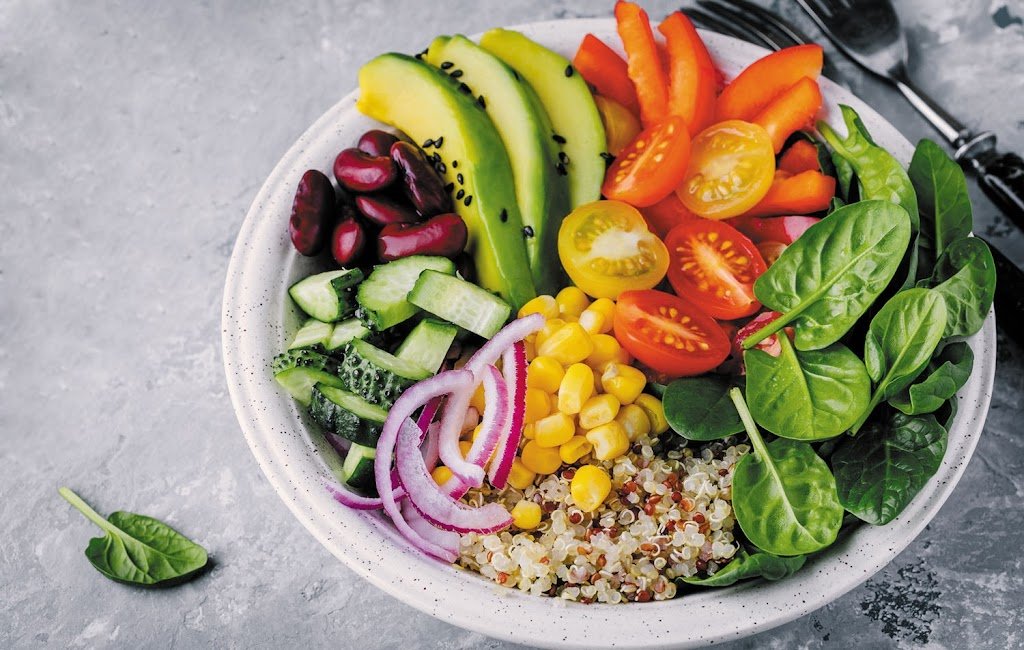When we discuss diet plans, we can usually divide them along a spectrum, where the quantity of food is on one end and the quality of food is on the other.
Diets like If It Fits Your Macros (IIFYM) refer as far as possible to food quantity, and clean eating refers as far as possible to food quality.
Also, not like IIFYM-kind diets, it imposes tips on what varieties of ingredients to consume and does now no longer alter energy and macros to any significant degree.
The basic principles of clean eating focus on the quality of foods consumed and ensuring that they are “clean.”
These principles can be summed up in one word: Choose whole, natural foods and try to eliminate processed foods.
The basic principles of the diet can be listed as follows:
Avoid processed foods-1
Avoid refined foods-2
Avoid artificial ingredients-3
Avoid alcohol-4
Avoid sodas and fruit juices-5
History of the clean eating diet:
Because clean eating is not a well-defined dietary program, it is difficult to trace its history as a dietary paradigm to any specific beginning.
Credit can be given to the ancient Greek physician Hippocrates, who wrote one of the first works on the principles of dietetics and to whom the famous quote, “Let food be medicine and medicine be your food,” belongs.
Overview of the Components and Basic Principles of the Clean Eating Diet:
Clean eating is based on the principle of eating whole, natural, unprocessed foods.
Most proponents of easy ingesting argue that it isn’t honestly a diet, however as an alternative a study what you may and can not eat.
The focus is on the quality of the food rather than the quantity, so calorie counting is not used in this diet.
Meal Time/Frequency:
In principle, clean eating does not have strict requirements for meal times or frequency of meals (read: how many times a day you eat).
However, in practice, most clean eating programs suggest eating 5-6 small, clean meals and snacks throughout the day, rather than 3 main meals.
Restrictions/limitations:
Clean eating imposes fairly significant dietary restrictions on the individual. Clean eating diets require people to eat only whole, natural foods and to avoid all processed foods.
This excludes pasta, bread, crackers, chips, cereals, and anything else that has been processed. This approach also excludes things like condiments (such as mustard and spreads) and dressings.
It also restricts most beverages, including alcohol, sodas, and juices.
Does it include phases:
In the traditional sense, a clean eating diet usually does not include phases.
Most clean eating diet recipes presented in books, articles and programs have people embarking on the full spectrum of the diet from the beginning. Some even include 30-day challenges in which whole, natural foods are to be consumed for all 30 days without any deviation from the protocol.
Who is it best for:
Clean eating is best for people who focus on the health benefits of food, have no desire to track calories in food, and don’t mind fairly restrictive approaches to eating.
A clean diet provides considerable flexibility in the amount of food consumed, timing, and frequency, and with some effort and diligence, the diet can be used for a wide range of people with very different goals (e.g., fat loss, muscle gain, or athletic performance).
How easy is it to follow the diet:
How easy it is to follow a clean eating diet depends on your personality type and food preferences. For people who like to eat a variety of foods, don’t like food restrictions, and prefer to focus on food quantity (i.e., calories and macronutrients), following a clean eating diet can be quite difficult.
For people who live out of habit, don’t mind eating within a limited diet and don’t like to count calories and macronutrients, clean eating can be a great diet option.
Most people who practice clean eating for a long time tend to be a little flexible and follow the 80/20 or 90/10 rule when they allow themselves to eat foods from a list limited 10-20% of the time.
Basic beliefs underlying the diet:
The basic belief underlying the clean eating diet is that natural, whole foods are optimal for human health and that they naturally control caloric intake.
While there are indeed good reasons for eating more natural foods, one should not rely on the “naturalness” argument as the sole basis for the effectiveness of this diet, as the naturalistic fallacy is a common logical fallacy.
Read also:
A Guide to Vegan, Vegetarian, and Pescatarian Diets
Scientific Studies and Interpretation of Data:
To date, there are no published studies examining the effects of the clean eating diet, which makes it impossible to draw unequivocal conclusions about the scientific effectiveness of the diet. Nevertheless, there are a few things we can understand.
Most whole, natural foods are more nourishing than their processed counterparts.1 Therefore, most people find it much easier to control their caloric intake.
In addition, higher quality diets are associated with better health outcomes and lower risk of developing type 2 diabetes2,3.
Conclusion:
Clean eating is at the opposite end of the dietary spectrum from approaches such as IIFYM or the flexible diet, and focuses almost exclusively on the quality of food rather than the quantity.
The basic principles of clean eating focus on the quality of foods consumed and ensuring their “purity.”
In a nutshell, these principles can be summed up in one word Choose whole, natural foods and try to eliminate processed foods.
The basic principles of the diet can be listed as follows: Avoid processed foods, avoid refined foods, avoid artificial ingredients, avoid alcohol, avoid sodas and fruit juices.








